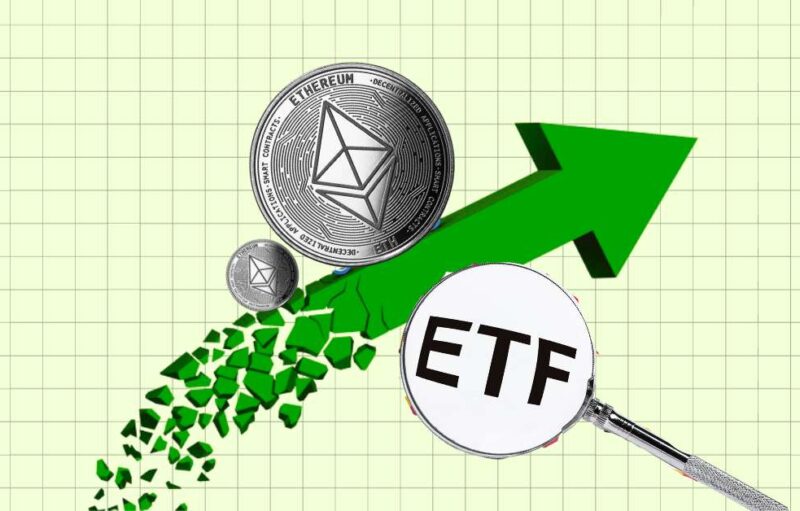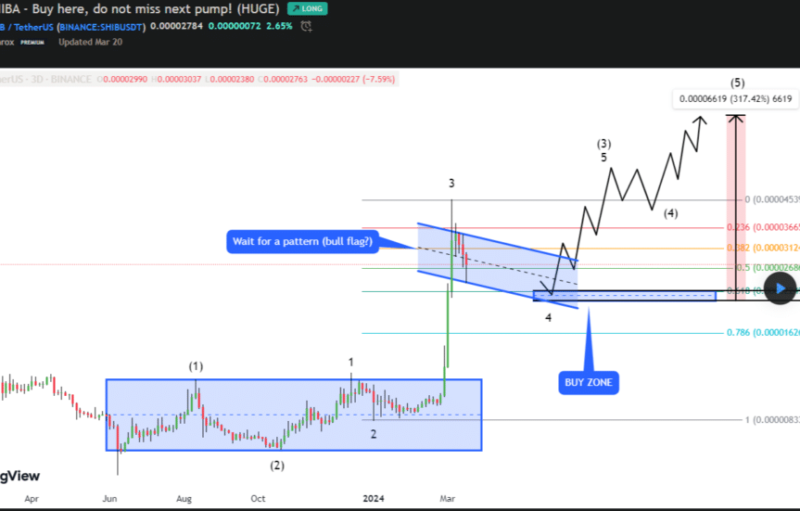This week, Litecoin creator Charlie Lee tweeted another round of criticism against Dash, claiming that the coin has become a highly centralized project. This is just the latest potshot in Lee’s long-running feud against Dash, which seems to have become his favorite target. Lee has even called Dash “trash” and “a scam“ in the past.
These are low blows, but some of the claims deserve closer scrutiny. Neither Dash nor Litecoin are perfect projects, and Lee is not an impartial observer. However, his statements do concern real issues that affect both coins. Let’s take a look at some of the nuances that can’t be seen from the battleground that is Twitter.
Funding: How Is Dash’s Budget Distributed?
Lee’s most recent criticism suggested that Dash’s team receives funding unconditionally. “With block rewards going to a specific team, you have effectively centralized [Dash’s] governance,” Lee wrote. Presumably, Lee is referring to the fact that 10% of Dash’s block rewards are allocated to Dash’s governance budget (or treasury).

Lee is partially correct: Dash’s masternode DAO votes to allocate the budget, and in practice, this means that the majority of treasury funds go towards Dash Core Group. However, Dash Core Group does not have a monopoly on funding, and the DAO can vote them out.
Naturally, Lee prefers Litecoin’s system, in which all development is funded by donations.
Lee deleted the tweets mentioned above, so perhaps he doesn’t stand by his original claim. In any case, it’s fairly unusual for cryptocurrencies to change their entire team, and neither the Dash community nor the Litecoin community seems to be looking a replacement. This debate is not the most contentious issue – just the most recent one.
Instamining: Did Dash Create Too Many Coins?
Much of Lee’s earliest criticism against Dash concerns the fact that Dash was instamined. This means that, when Dash first went live, Dash miners created about 2 million tokens in just a few days. As a result, about 10-15% of Dash’s eventual total supply was accidentally created, supposedly due to an error in Dash’s adjustable mining difficulty.
Lee has raised this fact several times over the past few years, but it became especially controversial at the end of July when Dash’s proponents reminded him that Litecoin was instamined as well.
In fact, according to proponents the instamine originated with a bug in Litecoin’s code, from which Dash was forked. In Litecoin’s case, just 500,000 LTC was created, which only makes up about 0.6% of Litecoin’s eventual total supply.
500,000 Litecoin instamined on day one. Irrefutable and forever tainting your blockchain. Tried to hide it and when Dash inherited the bug YOU PROGRAMMED you had the audacity to pretend Dash did it on purpose after you COVERED IT UP FOR YEARS. Embarrassing and ridiculous.
— Macrochip (@Macr0chip) July 24, 2019
Instamining is a serious problem because it allows founders and early miners to receive a larger-than-expected share of the coin. However, Litecoin has been in operation since 2011, and Dash has been in operation since 2014, so any instamined coins have probably been thoroughly distributed through the market by now.
Privacy: Is Dash Really Untraceable?
Dash is sometimes considered a privacy coin because it offers PrivateSend, a built-in transaction mixer that prevents Dash payments from being traced. Lee has criticized this privacy feature in the past. “Just send LTC to me and I will personally do coinjoin for you,” Lee joked in March 2017. “That’s still better than Dash privacy.”
Dash’s PrivateSend feature may deserve criticism, since it appears to be traceable under certain circumstances. This is true of almost all coin mixing services, including Bitcoin’s CoinJoin. Generally, these methods are only traceable under some circumstances, but they are inferior to the truly private transactions offered by Monero and Zcash.
Litecoin, meanwhile, has plans to introduce full privacy features via Mimblewimble, which has attracted controversy in its own right. Lee admitted last month that this project has been making slow progress, but it could be more effective than Dash’s privacy – if it ever gets finished.
Consensus and Governance: Is Decred More Decentralized Than Dash?
Dash relies on a hybrid proof-of-work and proof-of-service consensus to create and propagate blocks, and Lee has argued that other projects are beating Dash at its own game in this regard. “Decred is basically Dash done right,” Lee wrote in March 2017. “[Decred’s] consensus is more decentralized than Dash and [it] is enforced.”
Lee is biased, since Decred’s consensus mechanism is based on his own proposal. Still, if Lee is correct, the hybrid PoW/PoS model should provide excellent protection against 51% attacks. Dash, meanwhile, has introduced ChainLocks to provide extremely high security.
Since neither blockchain has ever been successfully attacked, it’s hard to say which is truly more secure.
There is also another concern: Decred allows all coinholders to vote on issues, but Dash only allows masternodes with at least 1000 DASH to vote. Since Dash has only 5000 masternodes, its voting power is quite concentrated. However, small coinholders can participate through pooled masternodes, which adds some decentralization.
Markets Ultimately Decide If Criticism Against Dash Is Valid
Although Lee has frequently criticized Dash, he has had a few nice things to say about the project in the past. “So Far, Dash is doing quite well! So I may be wrong,” Lee wrote in January 2017, when Litecoin and Dash were competing for dominance quite closely. “That’s why there is a market. To decide who is right and who is wrong.”
In fact, Dash and Litecoin weren’t just neck-and-neck during 2017 – Dash actually overtook Litecoin at the end of the year. In December 2017, Litecoin had a market cap of $5.5 billion, while Dash had a market cap of $5.9 billion. It seems that some of the bad blood between Litecoin and Dash is simply the result of intense competition.
That was two years ago, and Litecoin fans can rest easy for now. Litecoin currently has a market cap of $4.2 billion, while Dash has a market cap of $733 million. Litecoin appears to have fully secured its position in the top ten, although that might not stop Charlie Lee from aiming a few more shots at Dash in the future.
The post appeared first on CryptoBriefing







